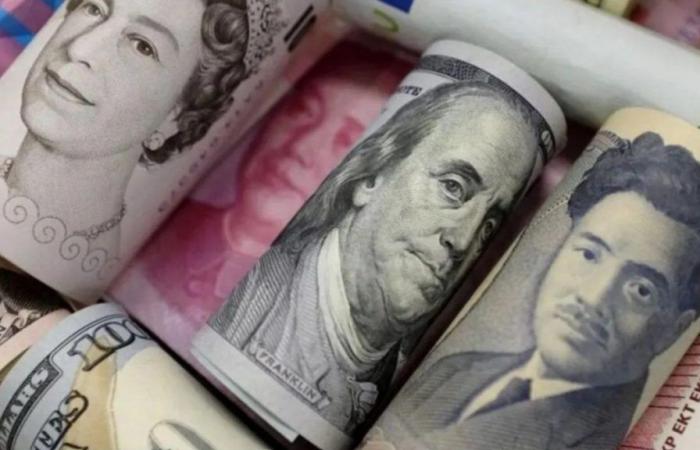Kanda has been the leading figure in handling the government’s catastrophic interventions in the foreign exchange market, which were aimed at halting the fall of the yen against the dollar, but Despite spending a record amount of more than $60 billion to stop the collapse of the yen, the Japanese currency is now at its lowest level since the famous Plaza Accord of the 1980s.
While it would seem that no intervention would be sufficient to stop the yen’s decline further, the indignation among the population by rising inflation in Japan, largely due to the falling currency, is finally being addressed now that the Government is facing elections in a few months and is thus looking for scapegoats.
It is worth noting that the Japanese central bank (BoJ) could intervene by raising interest rates to levels of 4% per year or more, but this would cause a collapse of the entire Japanese bond market.
In any case, experts hope another round of interventions in the coming dayswhich will bring the parity back to around 150 yen per dollar, before the dollar continues to strengthen and Japan loses control of its currency and bond markets.
According to Kyodo news agency, Mimura, 57, joined the Ministry of Finance in 1989 and has since held key positions related to international affairs, including that of general director of the International Office since 2021.
Japan’s Finance Minister, Shunichi Suzuki, warned that the country would take appropriate measures against excessive volatility, recognizing that it was deeply concerned about the negative impact that abrupt and unilateral exchange rate movements would have on the domestic economy.
Yen crisis: record intervention
It is worth remembering that the Japanese Ministry of Finance had just confirmed that between May 30 and June 26 it had not intervened in the foreign exchange market, after the April 26 and May 29 would have allocated the record amount of 9,788 trillion yen (60 billion dollars) to operations to defend the price of the Japanese currency.
That was the first intervention by Japan’s finance ministry in the currency market since it came to the yen’s defense in October 2022, when it allocated 6.349 trillion yen ($39 billion).
Just last week the US Treasury Department decided to add Japan to its watch list of trading partners that deserve close attention for their monetary practices and macroeconomic policies, thus joining China, Malaysia, Singapore, Taiwan, Vietnam and Germany.
What is clear is that the yen is at a real crossroads. Not only because of the unchecked depreciation it is experiencing against the dollar but also because The upcoming macro data to be released in both Japan and the US could be decisive for its evolution. The dilemma facing the government, however, is that it has to tread carefully if it wants to stabilise the yen without damaging the economy, which will ultimately determine the currency’s future in global markets.
It happens that, on the one hand, US inflation data could further weigh on the Fed’s interest rate outlook and put further pressure on the yen against the dollar, but on the other hand if Japanese inflation comes out better than expected that could strengthen yields and support the Japanese currency. If the prospects of the Fed lowering the rate become closer, that would cause the dollar to weaken and alleviate the need for Japanese intervention. Otherwise it could be the straw that breaks the camel’s back and provoke a new intervention like the one that occurred in May.
The shadow of a new monetary intervention has been looming over Japan for days, but for the BoJ the key is how to sustainably raise the yen, given that previous interventions and even a Record rate hike did not help the Japanese currency. Of course, as the yen continues to lose ground, The possibility of intervention by Japan increases, which keeps investors cautious.
However, that is not the only option that the Japanese authorities have to try to recover the stability of the yen since the Traders expect the BoJ to announce a reduction in bond purchases in July, although they do not rule out a new rate hike, which should cause some strength in the yen in the short term.
If the BoJ chooses to raise the rate, it would be a bold move, aimed at stabilizing the yen, controlling inflation and reducing dependence on massive bond purchases, turning monetary policy around. The idea, of a more aggressive approach, would be balance the need for economic stability to avoid disruptions in financial markets.






